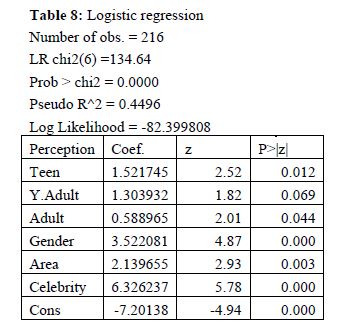The Beard Culture: Analysing Youngster’s Preferences and Perceptions in Odisha
DOI:
https://doi.org/10.5281/zenodo.11207608Keywords:
Facial Hair, Beard, Perception, Preference, Youngsters, OdishaAbstract
"We never know who we're influencing, when, or why. "not until the present gets consumed by the future." in the words of stephen king, "we realise when it's too late."
"Today's youth are not just following beard trends; they're embodying a cultural shift towards masculinity and self-expression." - a book called "the beard trend phenomenon: understanding cultural influences on youth".
In this digital world, where you can get updates on every celebrity and role model you follow, trends can have a strong influence on your thoughts process, beliefs, and guide your behaviour according to it. Not only that, but recent trends have the power to influence our culture and societal norms as well, making it important to understand the physiology behind it.
This article discusses the preferences and perceptions of youth in odisha being motivated to grow beards and continuously tailor them according to trends. It lists every valid argument that could be influencing young people's decision to join the beard craze. Starting with psychological elements, religious or even sports superstition, and the effect of top celebrities, everything is described in detail here.
Downloads

Downloads
Published
How to Cite
Issue
Section
License
Copyright (c) 2024 Prof. Debasish Rout, Dr. Somabhusana Janakiballav Mishra, Prof. Debabrata Sahoo, Tejaswini Kantha

This work is licensed under a Creative Commons Attribution 4.0 International License.











